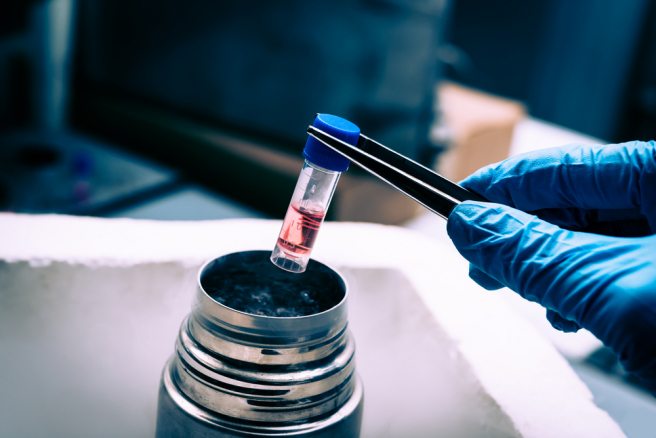Researchers discover a way of controlling stem cell growth using beams of light

Stem cells receive various molecular cues, but they differentiate between these cues i.e. they ignore the irrelevant cues and respond only to the crucial signs by rapidly developing to form major organ systems of the body. To understand how stem cells are able to do this, researchers at University of California, San Francisco (UCSF) studied engineered cultured mouse embryonic stem cells. Using a pulse of blue light, they controlled the Brn2 gene, a potent neural differentiation cue, to observe the stem cells’ response to this gene. Only if the Brn2 signal is strong enough and is maintained for an appropriate time, the cells respond by transforming into neurons. In addition, the researchers used the CRISPR-Cas9 gene editing system and found that the transcription factor Nanog plays a key role in helping the cells distinguish between noise and actual developmental cues. When the Brn2 signal is on, it disrupts a molecular feedback loop that keeps the cell stable. As a result, Nanog protein levels start dropping but it takes four hours to dissipate completely, after which the cells rapidly convert into neurons. If the signal turns out to be a fluke, Nano levels rebound, alerting the cells of a fluke signal. The research team sees this study to be the foundation for further research on growing new organs from stem cells.
Read more in Science Daily.


